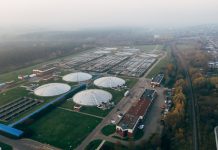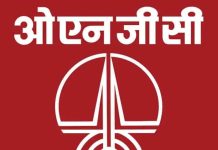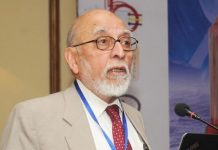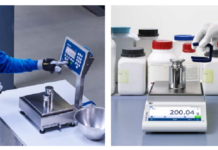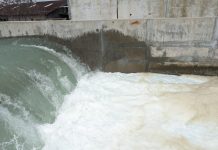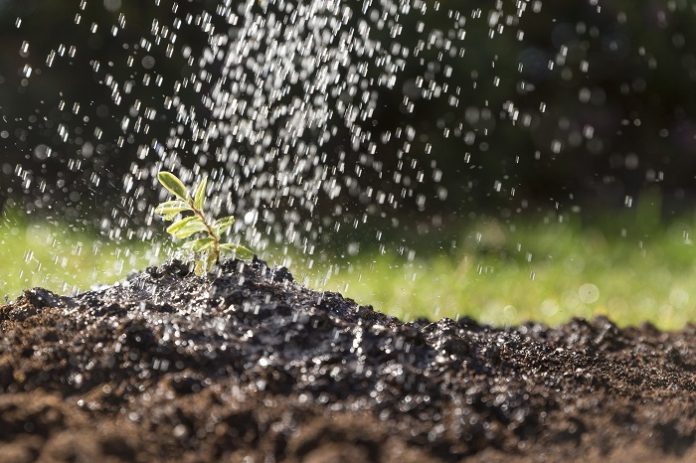The Department of Fertilizer estimates its budget based on the expected consumption of fertilizers, the price of natural gas (a key input in fertilizer production), and international fertilizer prices, which fluctuate annually.
For the 2024-25 Budget Estimate (BE), the initial allocation was ₹1,68,130.81 crore. However, through Supplementary Demands for Grants passed by Parliament, the final allocation increased to ₹1,91,836.29 crore. Similarly, under the Nutrient Based Subsidy (NBS) scheme, the fertilizer budget estimate for 2024-25 was ₹45,000 crore, but the final allocation rose to ₹54,310 crore. Therefore, there has been no reduction in NBS funding.
Investment in Irrigation Scheme
The Government has extended the Pradhan Mantri Krishi Sinchayee Yojana (PMKSY) until 2025-26, approving a total outlay of ₹93,068.56 crore for the period from 2021-22 to 2025-26.
Ensuring Timely Fertilizer Supply
Before each cropping season, the Department of Agriculture and Farmers Welfare (DA&FW) collaborates with State Governments to assess state-wise and month-wise fertilizer requirements. Based on these projections, the Department of Fertilizers allocates adequate quantities by issuing a monthly supply plan and continuously monitoring availability.
As reported by pib.gov.in, the movement of subsidized fertilizers is tracked through the Integrated Fertilizer Monitoring System (iFMS), an online web-based platform. To ensure smooth distribution, the DA&FW and the Department of Fertilizers hold weekly video conferences with State Agriculture Officials and take corrective actions as needed. When domestic production falls short of demand, imports are finalized well in advance to maintain adequate supply.
Urea: Affordable and Subsidized for Farmers
Urea is provided to farmers at a statutorily notified Maximum Retail Price (MRP). A 45 kg bag of urea costs ₹242 (excluding neem coating charges and taxes), and this price has remained unchanged since March 1, 2018. The Government bridges the gap between the delivered cost of urea and the net market realization for manufacturers and importers by providing subsidies, ensuring farmers receive urea at affordable rates.
Nutrient-Based Subsidy (NBS) for Phosphatic & Potassic (P&K) Fertilizers
Since April 1, 2010, the Government has implemented the Nutrient Based Subsidy (NBS) scheme for Phosphatic & Potassic (P&K) fertilizers, including Di-Ammonium Phosphate (DAP). Under this scheme, the Government provides a fixed subsidy amount based on nutrient content, with rates decided on an annual or bi-annual basis.
Unlike urea, the P&K fertilizer sector operates under a decontrolled pricing mechanism, allowing fertilizer companies to determine MRPs based on market dynamics. The Government, however, monitors these prices to ensure affordability.
Special DAP Subsidy to Maintain Affordability
To ensure DAP remains affordable, the Government provides special packages beyond the standard NBS subsidy when needed. In response to geopolitical challenges affecting DAP procurement in 2024-25, the Government approved a one-time special package of ₹3,500 per metric ton on DAP sold at the Point of Sale (PoS). Initially valid from April 1, 2024, to December 31, 2024, this subsidy has now been extended until March 31, 2025. Additionally, guidelines on evaluating the reasonableness of MRPs set by P&K fertilizer companies help maintain affordability.
Strengthening International Fertilizer Supply
The Department of Fertilizers actively collaborates with resource-rich countries to enhance the supply of fertilizers, raw materials, and intermediates at competitive prices. The Department also facilitates agreements and Memoranda of Understanding (MoUs) between Indian fertilizer companies and foreign suppliers to ensure a steady and reliable supply of fertilizers.
Government’s Commitment to Farmers
Union Minister of State for Chemicals and Fertilizers, Smt. Anupriya Patel, provided this information in a written response to a question in Lok Sabha. The Government remains committed to ensuring a stable and affordable fertilizer supply for Indian farmers.


